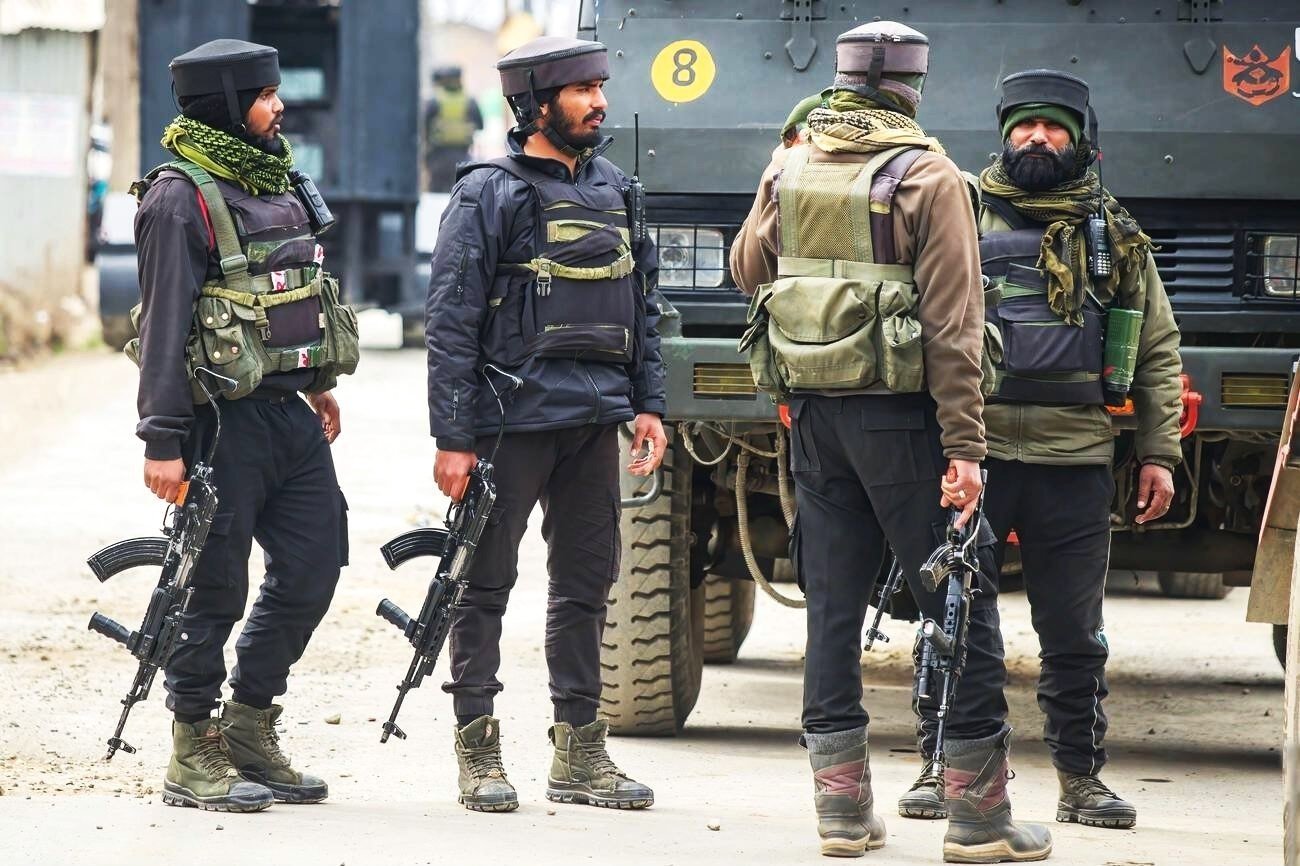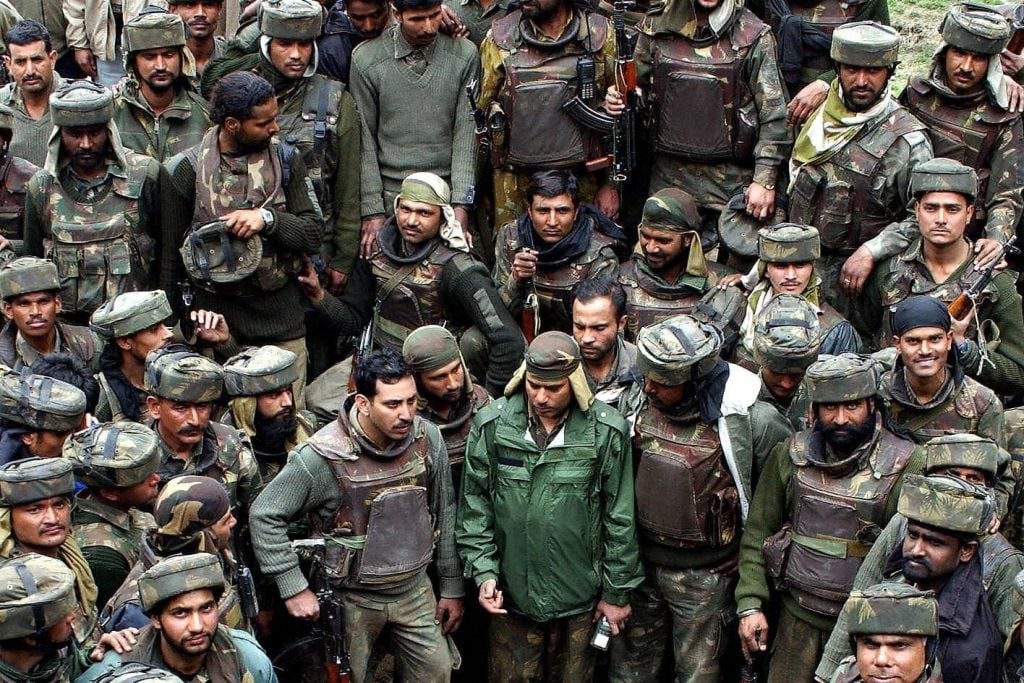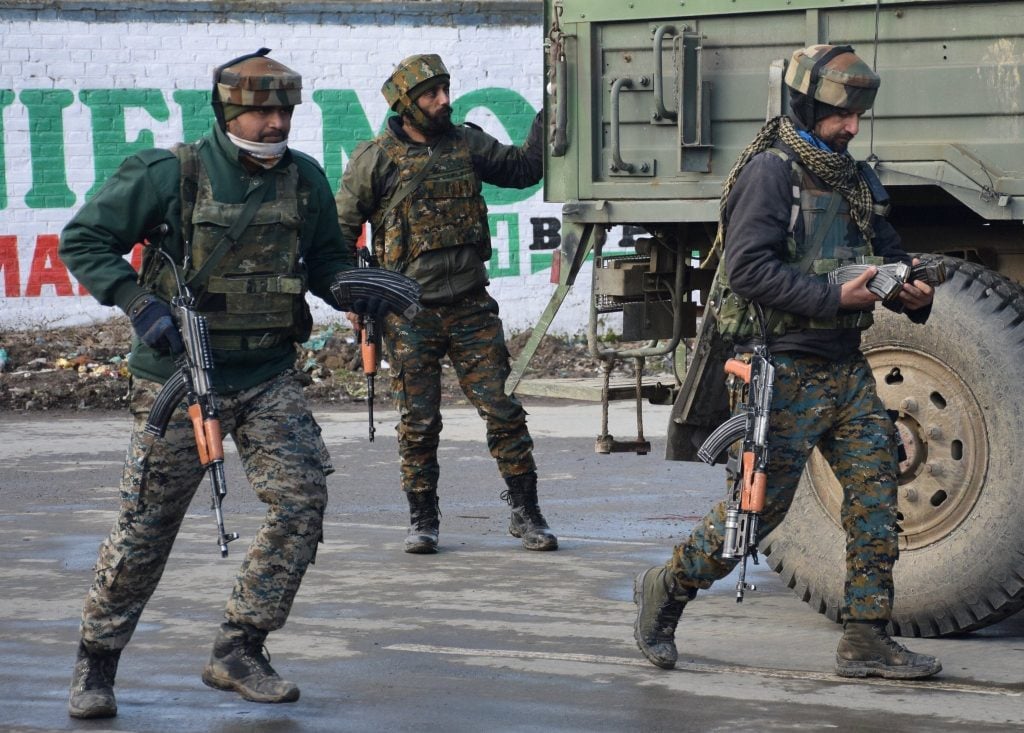The Rashtriya Rifles (RR) is a distinguished and specialized unit within the Indian Army, primarily tasked with counterinsurgency and internal security operations. Established in response to the rising insurgency in Jammu and Kashmir, this elite force has evolved into a vital component of India’s defense strategy.
In this article, we will explore ten intriguing facts about the Rashtriya Rifles that highlight its unique role, operational capabilities, and contributions to national security.
The inception of the Rashtriya Rifles dates back to November 1, 1990, amid escalating tensions and insurgency in Jammu and Kashmir. The Indian government recognized the urgent need for a dedicated force capable of addressing the multifaceted challenges posed by militant activities in the region.
- Purpose and Mission: The primary mission of the RR is to conduct counterinsurgency operations aimed at restoring peace and stability in conflict-prone areas. This includes neutralizing militant threats, dismantling their networks, and engaging with local communities to foster trust and cooperation.
- Operational Flexibility: Unlike conventional military formations that focus on large-scale conflicts, the RR is designed for rapid deployment and agile operations in challenging terrains. This adaptability is crucial for addressing the dynamic nature of insurgency and terrorism.
- Volunteer Composition: The RR is composed of volunteers from various branches of the Indian Army, including infantry, artillery, and engineers. This diverse mix of skills and experiences enhances the unit’s operational effectiveness in complex environments.
Also Read | Top 5 Defence Exams in India You Should Know About
1. The Dual Role of Counterinsurgency and Counterterrorism
The Rashtriya Rifles operates at the forefront of India’s efforts to combat both insurgency and terrorism. This dual role is pivotal in maintaining internal security and safeguarding civilian populations.
- Counterinsurgency Operations: The RR is primarily engaged in counterinsurgency operations, focusing on areas where militant activities threaten peace. This involves conducting intelligence-driven missions to eliminate terrorist cells and their infrastructure.
- Counterterrorism Strategies: In addition to counterinsurgency, the RR plays a crucial role in counterterrorism efforts, particularly in urban settings. The unit is trained to operate in diverse environments, ranging from dense forests to urban landscapes, adapting tactics as necessary to neutralize threats.
- Community Rehabilitation: Beyond combat, the RR is involved in rehabilitating communities affected by violence. This includes providing support for displaced populations and assisting in rebuilding efforts to restore normalcy.
2. Unique Training Regimen
The training regimen of the Rashtriya Rifles is tailored to meet the specific demands of counterinsurgency warfare, ensuring that personnel are well-equipped for the challenges they face.
- Rigorous Physical Training: Soldiers undergo intense physical conditioning to prepare for the physically demanding nature of their operations. This includes endurance training, obstacle courses, and survival skills in various terrains.
- Tactical Proficiency: Training encompasses a wide range of tactical skills, including close-quarter combat, jungle warfare, and night operations. This diverse skill set enables RR personnel to engage effectively in various operational scenarios.
- Cultural Sensitivity: An essential aspect of training is educating soldiers about local cultures, languages, and socio-political dynamics. This cultural awareness is crucial for fostering positive relationships with local communities and conducting operations with minimal friction.
3. Distinctive Uniform and Insignia
The Rashtriya Rifles boasts a unique identity within the Indian Army, characterized by its distinctive uniform and insignia.
- Camouflage Patterns: Unlike the standard olive-green uniforms worn by regular infantry, RR personnel don a specialized woodland camouflage pattern. This design is optimized for operations in forested and mountainous regions, enhancing concealment during missions.
- Symbolic Insignia: The insignia of the RR features a rifle, symbolizing its specialized role in counterinsurgency and counterterrorism. This emblem serves as a point of pride for personnel and reflects the unit’s commitment to its mission.
- Recognition and Respect: The unique uniform and insignia of the RR are recognized not only within the Indian Army but also by local populations. This recognition can foster goodwill and cooperation during operations.
Also Read | 6 Top Study Tips for NDA 2025 GAT Success
4. Deployment and Operational Areas
While the Rashtriya Rifles can be deployed across India, its primary focus has historically been in Jammu and Kashmir, a region plagued by insurgency.
- Key Regions of Operation: RR battalions are actively deployed in various districts of Jammu and Kashmir, including Poonch, Rajouri, and Kupwara. These areas have witnessed significant militant activity, making the presence of the RR crucial for maintaining security.
- Impact on Security: The RR’s operations in these regions have played a vital role in mitigating terrorist activities, restoring law and order, and providing a sense of security to local populations.
- Adaptability to Local Conditions: The RR’s ability to adapt to the unique challenges posed by different regions is a testament to its training and operational flexibility. This adaptability is crucial for effectively addressing the evolving threat landscape.
5. Collaboration with Local Forces
The Rashtriya Rifles operates in close collaboration with local police and intelligence agencies, enhancing the effectiveness of its operations.
- Joint Operations: The RR frequently conducts joint operations with local law enforcement agencies, including the Jammu and Kashmir Police and the Central Reserve Police Force (CRPF). This collaboration facilitates the sharing of intelligence and resources.
- Community Engagement: Building trust within local communities is a priority for the RR. Engaging with civilians fosters cooperation and aids in intelligence gathering, which is essential for successful operations.
- Training Local Forces: The RR also plays a role in training local police forces in counterinsurgency tactics and strategies, enhancing their capacity to respond to security challenges.
6. Innovative Counterinsurgency Strategies
The Rashtriya Rifles has pioneered several innovative strategies in counterinsurgency operations, adapting to the complexities of modern warfare.
- Hearts and Minds Approach: One of the RR’s key strategies is the “hearts and minds” approach, which emphasizes winning over the local population through humanitarian efforts and development initiatives. This strategy aims to address grievances and foster goodwill.
- Infrastructure Development: The RR is actively involved in rebuilding infrastructure in conflict-affected areas, including schools, roads, and medical facilities. These efforts contribute to long-term stability and community resilience.
- Humanitarian Assistance: In addition to military operations, the RR engages in humanitarian assistance during natural disasters and crises. This dual role enhances its reputation and fosters positive relations with local populations.
7. Leadership and Specialized Units
The leadership within the Rashtriya Rifles comprises experienced officers who bring diverse expertise to the unit.
- Experienced Commanders: Many leaders in the RR have backgrounds in special forces or infantry, providing them with the skills necessary to navigate complex operational environments. This experience is invaluable in high-pressure situations.
- Specialized Elements: The RR incorporates specialized teams, including explosive ordnance disposal (EOD) experts, snipers, and communication specialists. These elements enhance the unit’s overall effectiveness and operational capabilities.
- Autonomous Operations: The high level of training and discipline within the RR enables units to operate autonomously, allowing for swift decision-making in dynamic situations.
8. Humanitarian Efforts and Civil-Military Relations
While the Rashtriya Rifles is primarily known for its combat operations, its contributions to humanitarian efforts are equally significant.
- Disaster Response: The RR has been at the forefront of disaster response efforts, providing aid and assistance during natural calamities. For instance, following the devastating earthquake in Kashmir in 2005, RR units were among the first responders.
- Community Development Initiatives: The RR engages in various community development initiatives, including building schools, hospitals, and other essential infrastructure. These efforts contribute to long-term peacebuilding and stability.
- Fostering Trust: By actively participating in community development and humanitarian efforts, the RR fosters trust and goodwill among local populations, which is essential for successful counterinsurgency operations.
9. Recognition and Achievements
The Rashtriya Rifles has earned a distinguished reputation for its operational success and contributions to national security.
- Awards and Honors: Over the years, personnel from the RR have received numerous awards and honors for their bravery and exemplary service. These accolades reflect the unit’s commitment to excellence and dedication to duty.
- Legacy of Service: The RR has established a legacy of service and sacrifice, becoming a symbol of resilience in the face of adversity. Its contributions to national security are widely recognized and respected.
- Role in National Security: The RR’s effectiveness in counterinsurgency operations has solidified its position as a key player in India’s national security strategy, particularly in Jammu and Kashmir.
Also Read | What Is SSB Services Selection Board
Conclusion
The Rashtriya Rifles stands as a formidable force within the Indian Army, exemplifying adaptability, courage, and commitment to national security. Its unique training, operational capabilities, and humanitarian efforts make it a vital component of India’s defense strategy. As we have explored in this article, the RR’s role extends beyond combat, encompassing community engagement and infrastructure development, ultimately contributing to long-term peace and stability in conflict-affected regions.
FAQs
1. What is the primary role of the Rashtriya Rifles?
The primary role of the Rashtriya Rifles is to conduct counterinsurgency and counterterrorism operations, particularly in regions affected by militancy, such as Jammu and Kashmir.
2. When was the Rashtriya Rifles established?
The Rashtriya Rifles was established on November 1, 1990, in response to the rising insurgency in Jammu and Kashmir.
3. How does the Rashtriya Rifles differ from regular army units?
Unlike regular army units that focus on conventional warfare, the Rashtriya Rifles specializes in rapid-response operations in complex environments, addressing internal security challenges.
4. What type of training do Rashtriya Rifles personnel undergo?
Rashtriya Rifles personnel undergo rigorous training tailored to counterinsurgency warfare, including physical conditioning, tactical proficiency, and cultural awareness.
5. How does the Rashtriya Rifles engage with local communities?
The Rashtriya Rifles engages with local communities through humanitarian efforts, infrastructure development, and by fostering trust to enhance cooperation during operations.





















